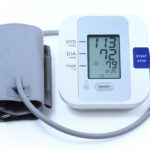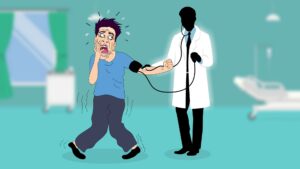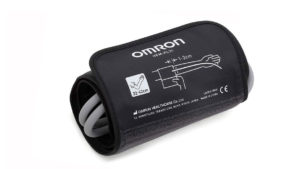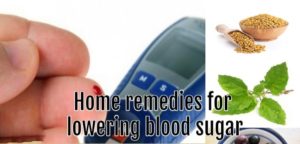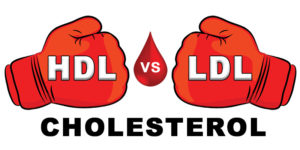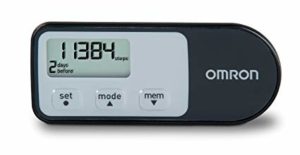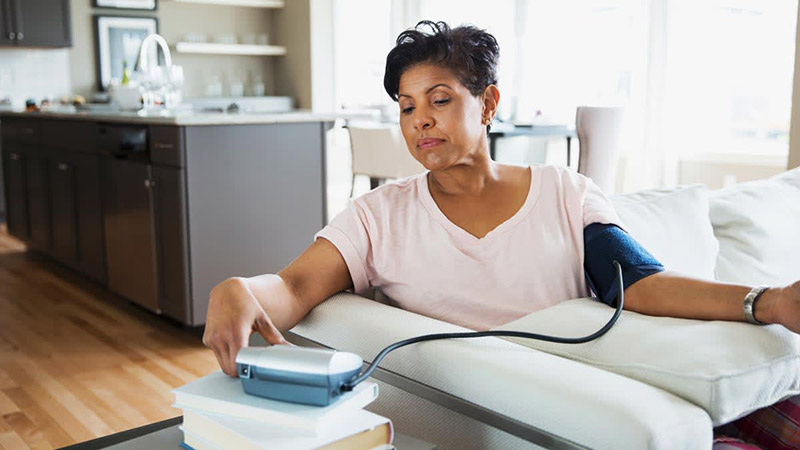
Digital Technology for Successfully Managing Blood Pressure at Home
Blood pressure management from home has changed a lot with the introduction of digital technology. New blood pressure monitor devices can measure blood pressure (BP) from the comfort of the home. Also we can share readings with the health care provider for further analysis.
High blood pressure is a silent killer as many people fail to get timely medical advice for the condition until irreversible damage happens. Almost one-third of adults either have hypertension, or they are pre-hypertensive. Without management, BP leads to stroke or ischemic cardiac disease.
Unlike the western world, cardiovascular diseases continue to rise in India. Reason for this is genetics, faulty lifestyle, and poor blood pressure management. Moreover, the Indian population has been slow to adopt digital technologies.
Fortunately, things are changing for good, and many digital technologies are now widely available in emerging economies like India. Moreover, these devices are affordable by the masses although there is still a lack of awareness.
Why digital technology for blood pressure management?
Use of blood pressure monitors at home is very common nowadays. They help to collect more data as there is no need to visit a clinic. Further, monitoring at home can be more precise in many cases as it can eliminate white coat syndrome. “White coat syndrome” is a condition when a person’s BP rises due to anxiety when visiting a health care professional.
Further, at home monitoring enables to screen blood pressure under different situations. One can take basal blood pressure in the morning, and can also see how it changes during the day under physical and mental stress.
What is digital in blood pressure management?
Legacy blood pressure monitoring devices were quite compact and accurate, but they had one drawback that they could not store much information and neither they allowed data to be shared. However, modern blood pressure monitors are Bluetooth-enabled.
Bluetooth technology allows these BP monitors to connect with smartphones and immediately store all the data either in the mobile device itself or send it to the cloud. Once the data is there in the cloud, you can share it with anyone. In the long-term, such information is precious.
In the early days, doctors had no choice but to believe the words of the patient. But now medical care provider can see the dynamics. This help in better decision-making regarding treatment options. It helps adjust medications and provide advice regarding lifestyle changes.
Benefits of digital technology in blood pressure management
Although it is well known that the majority of the cardiovascular event can be prevented with better management of blood pressure, yet most of those diagnosed with hypertension fail to control their numbers. Reason for poor management of blood pressure is not in the failure of therapy; it happens because most individuals fail to stick to the recommended treatment.
Research indicates that Bluetooth-enabled home blood pressure monitoring systems are better at raising awareness. They help people stay motivated, stick to the recommended therapy. These devices are also more helpful to medical professionals as they provide real-life data to them.
In one of the studies done recently, researchers found that 81% of those who used these Bluetooth-enabled devices regularly were able to control their blood pressure within seven weeks. These indicators are much better than earlier findings. It is impressive to see how such a small shift in the technology can have such a significant impact on healthcare.
Finally, it is vital to note that digital technology has not only changed the way we monitor our blood pressure. Modern digital devices can also help record many other essential body functions more accurately over time. Think of digital weighing machines that can keep track of not just body weight, but also body fat content. Or consider wearables that can continually monitor heart-rate, physical activity, and sleep pattern.
Conclusion
In the near future, these gadgets, devices, and wearables are only going to get better and more accurate. Further, the ability to analyze data will also improve. Doctors would be able to predict the risk of various diseases better when they will have a range of data at their fingertips. What’s more that future doctors will get assistance by artificial intelligence.
In conclusion, ability to record, send, and share your blood pressure is just the beginning of a digital revolution in blood pressure management. Moreover, emerging economies like India would benefit significantly from such technologies as they lack the resources to create healthcare systems comparable to the western world.


